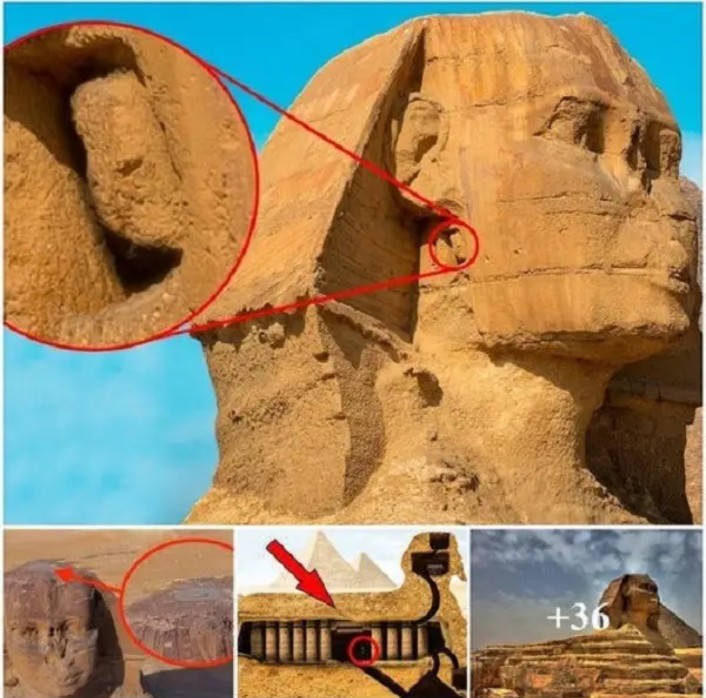Introduction
The Great Sphinx of Giza is one of the most iconic and enigmatic monuments in the world, standing as a sentinel near the pyramids of Egypt. While it has long been associated with the ancient Egyptians, recent archaeological and historical investigations have given rise to a fascinating theory. Some historians and researchers now propose that the Sphinx may conceal the remnants of a “Secret City” built by a lost civilization that predates the known history of Egypt. This theory, if proven true, could rewrite the history books and shed new light on the mysteries of Egypt’s past.
The Great Sphinx of Giza
The Great Sphinx of Giza is a colossal statue of a lion with a human head, measuring approximately 66 feet in height and 240 feet in length. It is commonly believed to have been constructed during the reign of Pharaoh Khafre in the Old Kingdom of Egypt, around 2500 BCE. However, this traditional dating is now being challenged by a growing body of evidence.
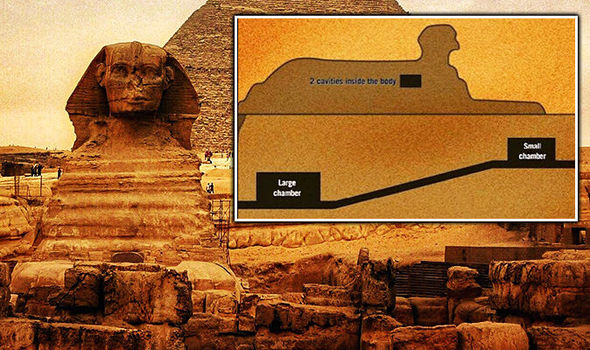
Evidence for an Earlier Civilization
One of the key pieces of evidence supporting the theory of an earlier civilization is the weathering patterns on the Sphinx’s body. Some geologists and archaeologists argue that the deep erosion and fissures found on the Sphinx could only have been caused by thousands of years of exposure to heavy rainfall. In contrast, Egypt’s climate has been predominantly arid for the past several thousand years. This suggests that the Sphinx could have been carved long before the time of Khafre, during a period when Egypt experienced much wetter conditions.
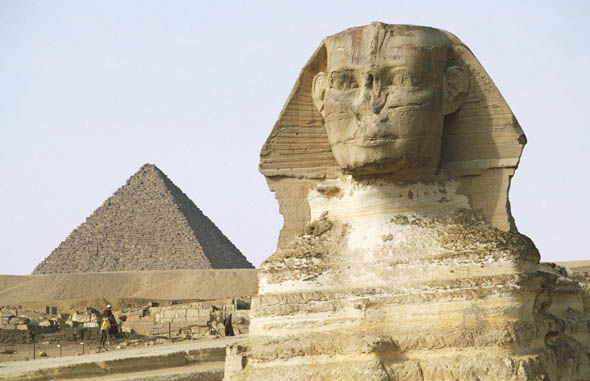
Furthermore, the Sphinx is believed to have once had a beard, which is now housed in the British Museum. Analysis of this artifact has yielded surprising results. Some scholars argue that the style and craftsmanship of the beard are inconsistent with the known art and techniques of the Old Kingdom period, indicating a possible earlier origin.
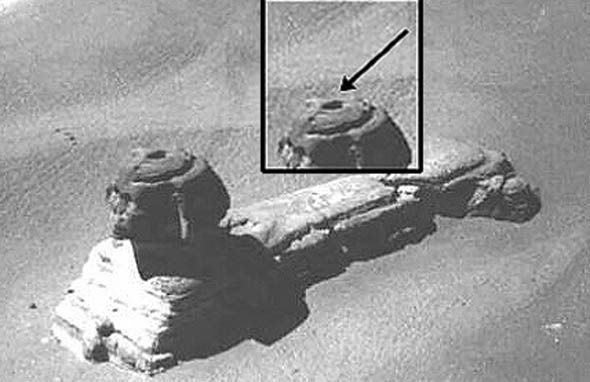
The ‘Secret City’ Hypothesis
The most intriguing aspect of this theory is the possibility of a “Secret City” hidden beneath the Sphinx or its surroundings. Some researchers propose that the Sphinx could be guarding an entrance to a vast underground complex or city constructed by an advanced civilization that predates the pharaohs.
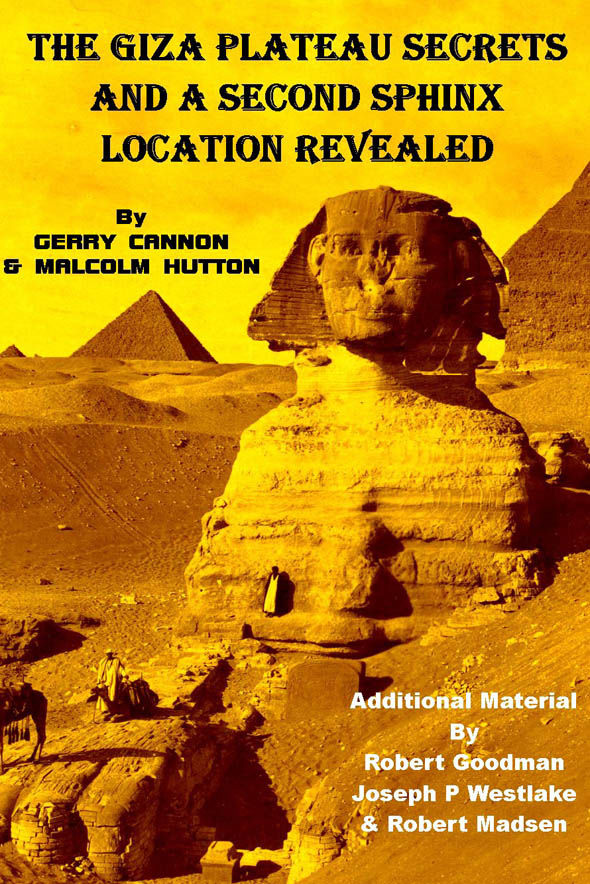
Proponents of this idea suggest that this lost civilization might have had knowledge and technology far more advanced than previously believed. They point to the precision of the Sphinx’s construction and its alignment with the cardinal points as evidence of advanced engineering and astronomical knowledge. The hypothetical city could contain untold treasures, valuable historical artifacts, and invaluable knowledge that could revolutionize our understanding of ancient history.
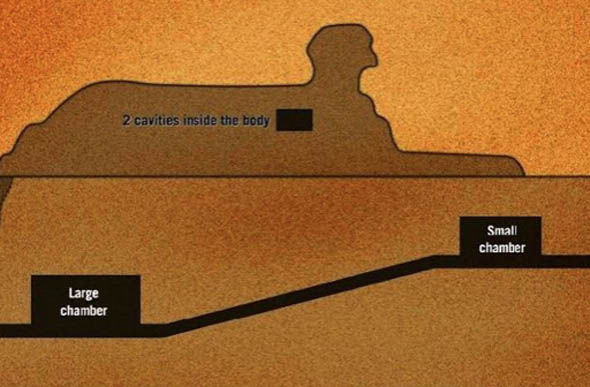
Challenges and Skepticism
As with any groundbreaking theory, there is a healthy dose of skepticism and debate within the archaeological community. Some experts argue that the evidence for an earlier civilization is not conclusive and that the erosion on the Sphinx could be the result of various factors, including wind, sand, and even pollution.
Moreover, excavating beneath the Sphinx poses significant challenges, both logistical and ethical. The monument is not only an important cultural and historical symbol but also a UNESCO World Heritage site, making extensive excavation a sensitive matter.
Conclusion
The theory that the Great Sphinx of Giza conceals a “Secret City” constructed by a lost civilization is a tantalizing hypothesis that has captured the imagination of historians, archaeologists, and the public alike. While the evidence is not yet definitive, it raises important questions about the true origins of this ancient monument and the possibility of uncovering hidden treasures beneath the sands of Giza.
As research and technology continue to advance, further investigations and discoveries may shed new light on the mysteries of Egypt’s past. Whether or not the Sphinx hides the key to a lost civilization, the pursuit of knowledge and the exploration of our shared human history remain as important as ever. Egypt’s Great Sphinx will continue to watch over the sands of time, keeping its secrets until the day they are finally revealed.
